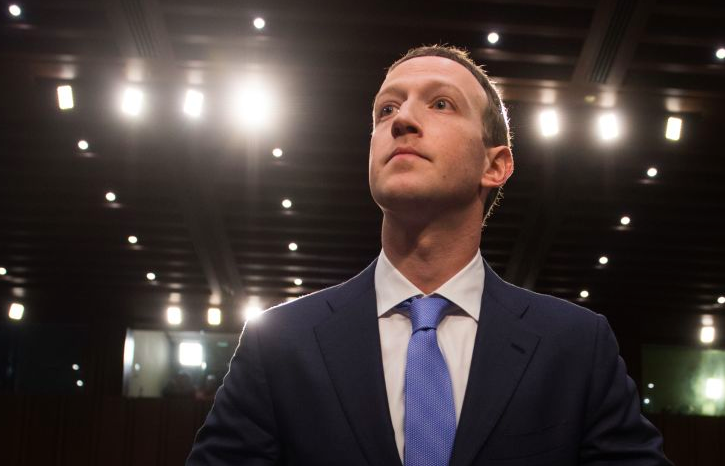
So let’s first start off by clarifying what ethical marketing actually is. It is not a marketing strategy, but a philosophy that is behind all your marketing activity. Most people have the subjective view of ‘ethics’ as what is right and what is wrong. However, there is no hard or fast rule about ethical marketing, but there is some guidelines to help aid judgement when developing marketing strategies. Some of these principles include; a common standard of truth in all marketing communications, the marketing professionals aid a high level of personal ethics, advertising is different from news or entertainment content and transparency about who they pay for endorsement of their products.
There are lots of forms of unethical advertising through marketing strategies as well. Including ‘puffery’, which is when an advertiser relies on subjective rather objective claims, such as ‘the best tasting honey’, without being confirmed, which also leads to unverified claims. These are claims without any scientific evidence, such as shampoo commercials with shiny, stronger hair without telling consumers how or why.
A company example of ethical marketing is the popular footwear brand, TOMS. They have created socially conscious shoe, that are vegan. This shows that they are not out to make profit but rather incorporate the brands core values. Further TOMS uses a form ethical marketing as the first touchpoint when consumers visit their website. As with every product you purchase, TOMS helps someone in need. It encourages users to buy the product, not because they desperately want it, or there is a sale but for the greater good of helping someone in need.

Businesses should work towards making honest claims that excel to satisfy their needs of their customers through their marketing activities. As well as going above and beyond to use their reputation and voice for the greater good of society and their marketing channels to spread important messages. This practice overtime builds customer engagement, customer loyalty and employee retention. And of course, word of mouth to create more brand awareness!


















